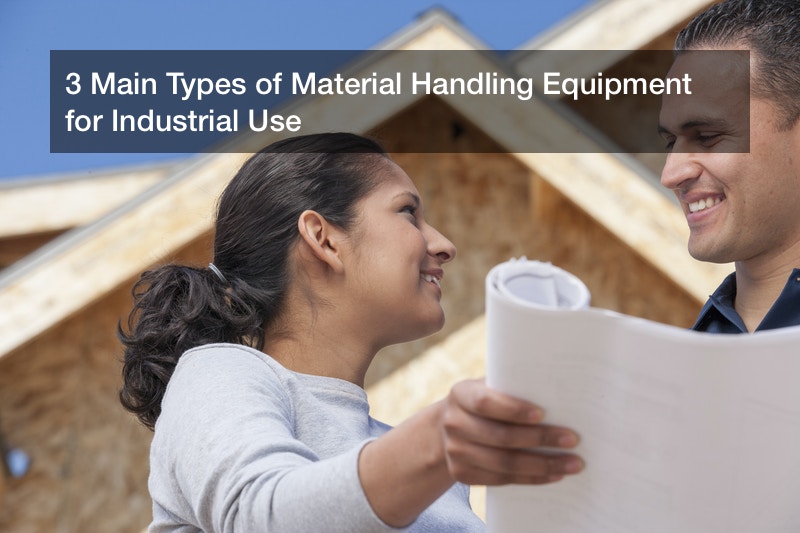When choosing a material handling lift, you are not only looking for the most cost-effective option but also a machine that can offer practical benefits such as maneuverability, capacity, speed convenience, and lift height. Before making your purchase also consider where you are planning to use the material lift, is it indoors or outdoors? And how is the surface and texture?
Here, we’re going to look at some of the common material handling lift, including manual, powered and electric material lifts.
1. Pallet Jacks
Pallet jacks are material lifts essentially used for low-lifting, handling and moving pallets in a range of industrial applications such as warehousing, manufacturing, and wholesale stores. There are two main types, namely riders and walkies. While these material lift can be used in different environments, some options are more specialized than others considering their differences.
Walkies
Walkies are a popular choice in the material handling industry and you can find them in three options, manual, powered and electric. Manual walkies require human effort to push, pull and lift material while powered model simply moves on its own though at a slow speed. Electric material lift walkies can attain maximum speeds of 8 miles per hour with a loading capacity of up to 6,000 pounds.
Some powered pallet jacks come fitted with a platform designed to carry the operator while moving pallets from one point to another.
Riders
Unlike pallet jack walkies particularly the manual model, riders are designed to reach top speeds with a relative large loading capacity. This makes them ideal for moving materials over a long distance in intense applications. Riders have a platform for the operator to stand on and steering is usually by a tiller handle. Another key difference that makes riders ideal than walkies is the flexibility in depth it offers, meaning it allows forks of up to 144 inches deep.
Pallet jacks are easy to operate and require less training and maintenance than other material handling equipment such as forklifts. Their flexibility allows them to be used in much smaller spaces, however, they are relatively slow and not suited for rough terrain than forklifts.
2. Forklifts
Forklifts are specialized material handling equipment with a capacity of between 3,000 pounds and 50,000 pounds though with has a depth of 36 feet. There are more specialized forklifts for different applications and are powered by either fuel gasoline, diesel, gas or electric powered.
Fuel Combustion
In addition to the lift height and loading capacity, another component of consideration when choosing a forklift is power. The most common types of forklifts use internal combustion but there are also electric material lift forklifts, which are specialized for indoor application. However, electric models needs are regularly charged for continuous use.
Number and Type of Wheels
Another key difference you’ll notice is the type and number of forklift tires. Some common options have four wheels but for more maneuverability, three-wheel models are the best option even for small spaces. The main types of forklift tires are cushion, pneumatic, polyurethane, and solid tires.
- Cushion Tyres Made with a metal band and rubber, cushion tyres are ideally used on smooth and even surface with limited clearance space.
- Pneumatic Tires This type of forklift tyre is much similar to a standard truck tyre in design. They are filled with air and made with thick wear-resistant rubber. Pneumatic tyres are good to use on a rough and uneven surface like loose gravel and are essential for outdoor use.
3. Telehandlers
A great alternative to forklifts are telehandlers, which have large loading capacity and lift height. Telehandlers are also considered a suitable and cost-effective option to a crane. They are designed with a long telescopic boom that allows them to not only stretch forward but also upwards. It allows more customization and you can add different attachments such as pallet forks or lifting jibs for specific applications. If you are looking for more compact options, there are small telehandlers that offer easy navigation and material handling.
These three option makes the most common types of material handling equipment.Whether it’s a manual, powered or electric material lift, you’d want to consult further in order to choose the right machine for your specific use. Also, ensure you consider machine tool repair service to keep the equipment operating efficiently.
Related:
abbreviation for material handling, agricultural material handling, all tech materials handling equipment, automated material handling system ppt, construction material handling equipment, logistics tools, material handling and storage, material handling equipment dealers, material handling in logistics, material handling lifting equipment, material handling systems company, material moving equipment, metal handling equipment, modular material handling systems, motorized material handling equipment, types of material handling, types of warehouse equipment, warehouse material, what are material handling equipment, which of the following is a motorized material handling device, able material handling.
